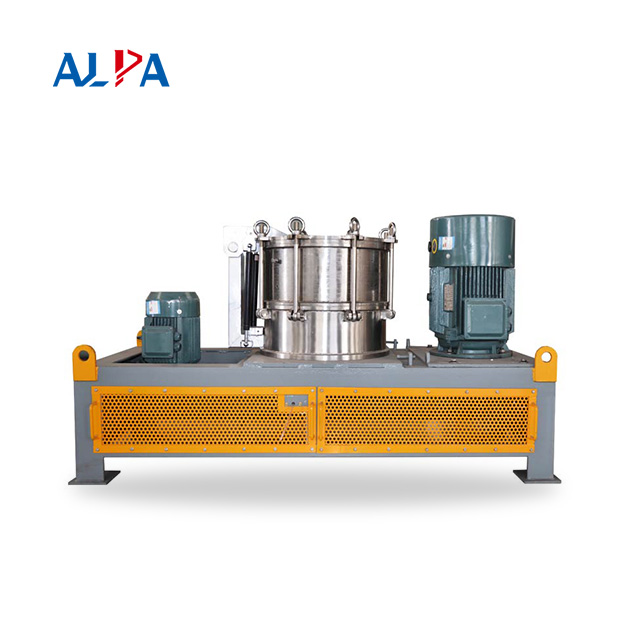The production process of ultrafine powder – Impact pulverization

It is a method that has been widely used since ancient times to mechanically pulverize bulk materials into powder. At present, bulk ultrafine powder still mainly relies on mechanical crushing. Commonly used ultrafine crushing equipment includes: autogenous mill, jet mill, high-speed mechanical impact mill, vibration mill, stirring mill (including various sand mills, tower mills, etc.), Colloid mill (including homogenizer, etc.), ball mill, Raymond mill, etc.
Mechanical pulverization is generally used to produce powders larger than 1 μm. A small number of equipment, such as jet jet mill, can be used to produce materials smaller than 1 μm, which can crush materials to sub-micron level, that is, 0.1+0.5 μm. Its structure is that the compressed air produced by the air compressor is sprayed out from the nozzle, and the powder collides with each other in the jet flow and is crushed.
Raw materials are fed from the hopper, accelerated to supersonic speed by the Venturi nozzle, and introduced into the pulverizer; in the pulverization zone formed by the fluid ejected from the grinding nozzle inside the pulverizer, the material particles collide with each other, rub and pulverize into fine powder. Among them, those who lose centrifugal force and are introduced into the center of the pulverizer are superfine powders; coarse powders do not lose centrifugal force, and continue to be pulverized in the crushing belt.
The jet mill developed in Germany suspends and collides the powder smaller than 0.088mm into superfine powder, so it can produce products of various grades not larger than 44μm, and the average particle size can reach 1, 2, 3, 4μm. This kind of jet mill has high production efficiency, does not pollute the environment, and the product has high purity, fine particles, and no agglomeration. It is an ideal ultrafine grinding equipment. The technical development trend of the mechanical pulverization method is to improve the process technology on the existing basis, develop high-efficiency and low-consumption ultra-fine pulverization equipment, fine classification equipment and supporting auxiliary process equipment, and expand the particle size limit of mechanical pulverization, while improving the processing capacity , forming economies of scale.
In the ultra-fine crushing process, fine grading equipment is also required to separate qualified fine powder materials in a timely manner, improve the efficiency of crushing operations, and control the particle size distribution of products. At present, there are two types of commonly used classification equipment: one is dry classification, generally centrifugal or turbine wind classifier; the other is wet classification equipment, generally using horizontal spiral centrifugal classifier, small diameter and small Cone angle hydrocyclone, and hydrocyclone etc.
Generally, hydraulic classification is used, and the commonly used methods are sedimentation method, overflow method, cyclone method and centrifugation method. The sedimentation method uses the mechanism of different sedimentation speeds in water for different particle sizes to classify; the mechanism of the overflow method is similar to the sedimentation method, the difference is that the water flow speed is greater than the particle sedimentation speed, thereby bringing out the fine powder; the cyclone method The slurry rotates at high speed in the cyclone to generate centrifugal force, and the particle size is different, the centrifugal force is also different, so that the large and small particles can be separated; the centrifugal method is that the slurry rotates at high speed in the centrifuge, and the centrifugal force generated by particles of different sizes is also different.
After classification, the obtained products of various particle sizes are dehydrated and then dried.
In ultrafine grinding, the particle size of the powder is fine, and its specific surface area and surface energy are both large. The finer the particle size, the higher the mechanical strength of the material. Therefore, the energy consumption of ultra-fine pulverization is high, and the powder is easy to agglomerate under repeated mechanical force. In order to improve the crushing efficiency, in addition to strengthening the classification, grinding aids and additives are sometimes added.
The production process of the mechanical pulverization method is simpler than that of the chemical synthesis method, the output is large, the cost is low, and the produced micropowder has no agglomeration. However, it is unavoidable to mix impurities in the crushing process, and the particle shape of the crushed product is generally irregular, and it is difficult to obtain fine particles smaller than 1 μm.
